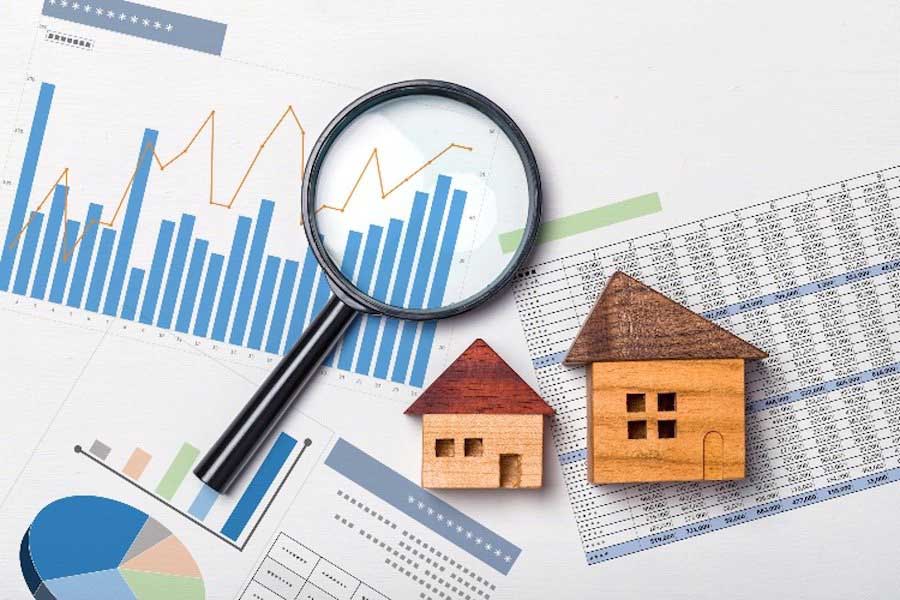As a real estate investor, you always search for lucrative investment opportunities. Purchasing investment properties at the right time is one significant aspect that influences the success of real estate investors.
Keeping track of the real estate market cycle, both macroeconomics and microeconomics inform about the right time to purchase or sell the property. Since the market is highly nuanced, knowing well about all four phases of the cycle can be helpful. This article explains everything about the cycle of the market.
What is the real estate cycle?
As a four-stage wave structure, the cycle of real estate markers tells how the market is doing. The four stages of the cycle are recovery, expansion, hyper-supply, and recession. Real estate professionals rely on this cycle when making judgments about buying, holding, or selling homes. As a result, the market cycle can also be used to anticipate the income and value of an investment property. Using this information, investors may better plan capital expenditures.
Four stages of the real estate cycle
Below are the four stages of the real estate market cycle.
Recovery
While recovery is referred to as the first phase of the real estate cycle, it is circular in nature, implying that the recovery phase takes place after the recession. In the recovery phase, the economy and market begin at a low point after the recession. In this particular stage, rental growth is stagnant, and new constructions are slow and gradually rise in strength. Sometimes it can be tricky to identify the recovery phase as most of the country will still be under recession and thus, have a bleak outlook. Nevertheless, it is where the investors need to pay close attention and also act quickly at the signs of recovery.
Expansion
In the expansion stage, the real estate market completely recovers from the recession and moves ahead of the recovery phase. The general economy is improving, job opportunities are increasing, the real estate market is expanding, rent rates are rising, property value is also increasing, and new construction is on the rise. Now that demand is high in the expansion stage and it is easy to find new tenants, real estate investors should consider buying new properties or renovating the old ones in this phase.
Hyper supply
During the expansion stage, investors get into a frenzy to meet supply with increasing demand. Eventually, a tipping point will come in the economy when supply exceeds the existing demand as previously commenced construction projects continue to wrap up. As an investor, it is the phase where it is essential to hold strong. Because of the fear that properties will go vacant or unsold, owners will look forward to liquidating their inventory. It is when investors need to identify and purchase the properties that have the potential to do well in the next cycle.
Recession
A recession is that stage of the cycle in which the supply has over-exceeded demand, resulting in high vacancy rates and negative rent growth. Some opportunistic investors, during this phase, will search for accessible investment opportunities and wait until the cycle circles back and hits the top.
How long does the cycle last?
According to researchers, the real estate cycle lasts for around 18 years. However, it is usually complicated to predict the average length of a cycle. Some cycles can last for 10-11 years while others for 18-20 years. Several factors affect the timeline of the real estate cycle like demographics, interest rates, general economy, consumer confidence, government policies, and many more.
Conclusion
When striving for long-term success, the real estate investor needs to understand the concept of the market cycle. The four-stage cycle – recovery stage, expansion stage, hyper supply stage, and recession stage are known to shift the real estate market to a great extent. Therefore, it is a must for investors to keep a close watch on all these phases to find top-notch investment opportunities.

